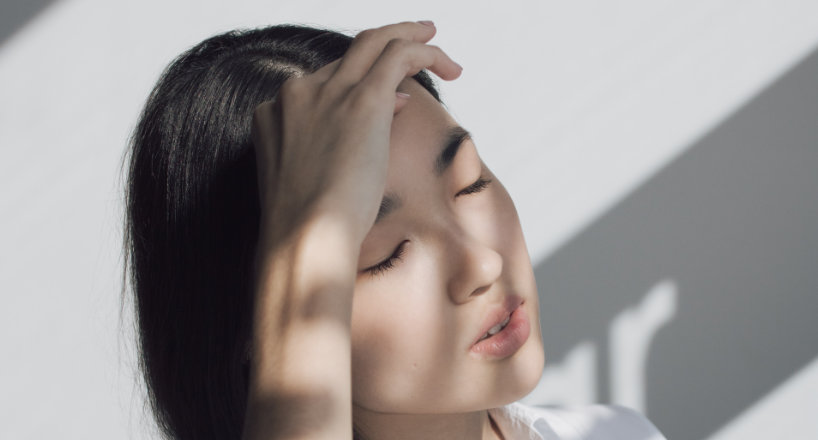Photophobia

Photophobia is a condition characterized by a strong sensitivity to light. People with photophobia experience discomfort, pain, and even headaches when exposed to light, even to normal levels of light. This condition can have a significant impact on a person’s daily life, making it difficult to function in environments with bright lighting, such as at work or school.
There are several causes of photophobia. It can be a symptom of an underlying condition such as Migraine, a neurological disorder that causes recurrent headaches, or certain eye conditions such as iritis, an inflammation of the iris, or corneal abrasions. Photophobia can also be caused by certain medications, such as tetracycline, or by a head injury.
Photophobia can also be a symptom of a psychiatric condition such as depression or post-traumatic stress disorder (PTSD). In these cases, it is important to address the underlying condition in order to alleviate the photophobia.
Symptoms of photophobia include discomfort, pain, or headaches in bright light, squinting or closing the eyes in bright light, and a preference for dim or low light. Treatment options for photophobia include wearing sunglasses or a hat to block out bright light, using light filters or special glasses, and avoiding certain medications that cause sensitivity to light.
It’s important to consult with a healthcare professional if you experience photophobia. They can help you to identify the underlying cause of the condition and provide appropriate treatment. Photophobia can be treated, and with proper management, people with this condition can continue to lead normal, productive lives.
In addition, it’s important to take care of your eyes, by protecting them from ultraviolet rays and blue light, by using quality sunglasses and other protective gear, and by having regular eye exams. It’s also important to maintain a healthy lifestyle, eat well, get enough sleep and exercise, and manage stress.
Indications of Photophobia
When exposed to bright light, symptoms of itching, burning, recoiling, and squinting may all be experienced. Excessive tear production is another indication of photophobia.
Medical diagnosis and Treatment
If you suffer from light sensitivity, you must arrange an assessment with your eye care professional.
Individuals with lighter-colored eyes usually have more of a propensity towards photophobia, and intense light is likely to trouble them. If you have light eyes, the lower quantity of pigment is less efficient at diffusing the light beams.
Photophobia may be short-lived, or it can appear as an irreversible side-effect of an underlying eye condition. The only method to treat photophobia is therefore to get to the root of the issue with an extensive eye examination. It’s important to mention any current medications to your eye doctor, as they may be associated with photophobia.